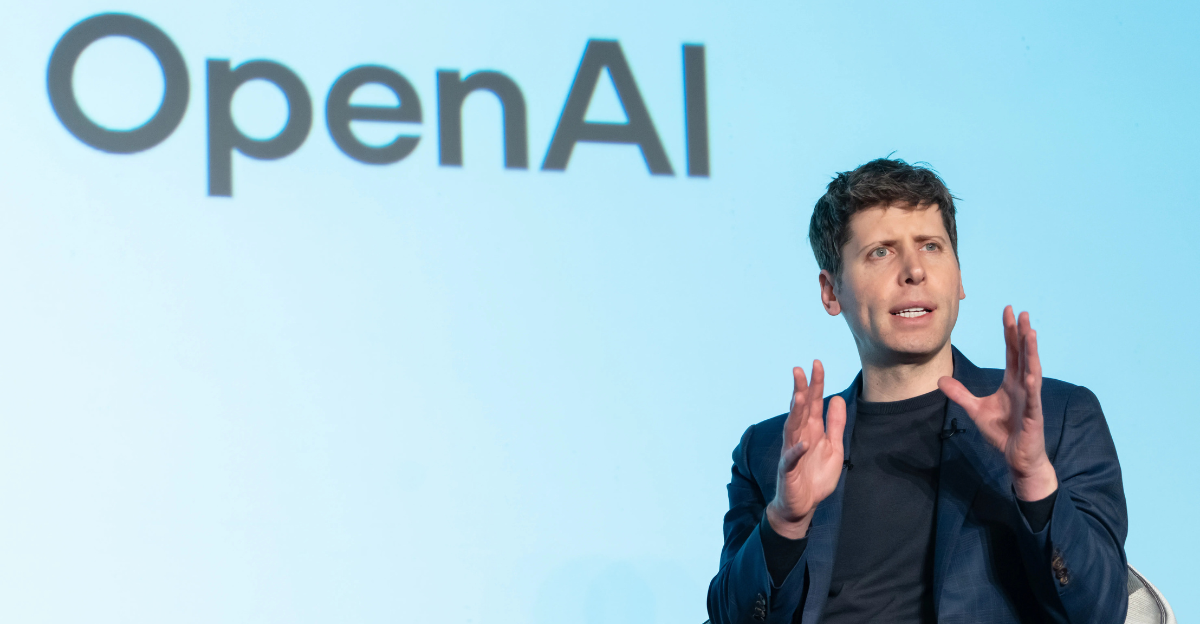
OpenAI CEO Sam Altman painted an extraordinary picture of tomorrow’s job market. Speaking in August 2025, he suggested that AI could launch graduates into “careers among the stars.” By 2035, he envisions students boarding spaceships for missions across the solar system.
As Altman put it, a 2035 graduate “could very well be leaving on a mission to explore the solar system on a spaceship in some kind of… super well-paid, super interesting job”.
This vision implies AI might make today’s high salaries look modest, hinting at entirely new career paths beyond Earth.
Market Boom
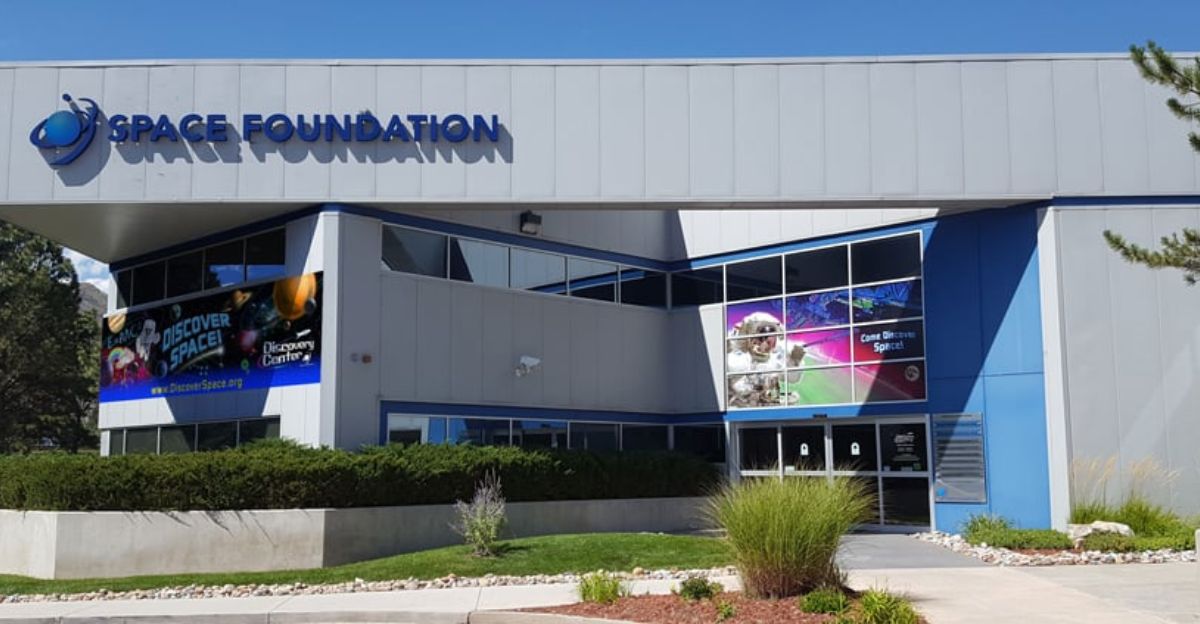
Analysts see a gold rush in space. McKinsey forecasts the global space economy will nearly triple from about $630 billion in 2023 to $1.8 trillion by 2035.
To fill this market, jobs are already booming.
The Space Foundation reports U.S. space-sector employment jumped 18% in the last five years, far above broader growth.
Salaries are high too – roughly $135,000 on average in space-industry roles (about double the typical private-sector wage). This rapid expansion is fueling demand for engineers, technicians and scientists in satellite manufacturing, rocket launch services, and lunar exploration programs.
Industry Context
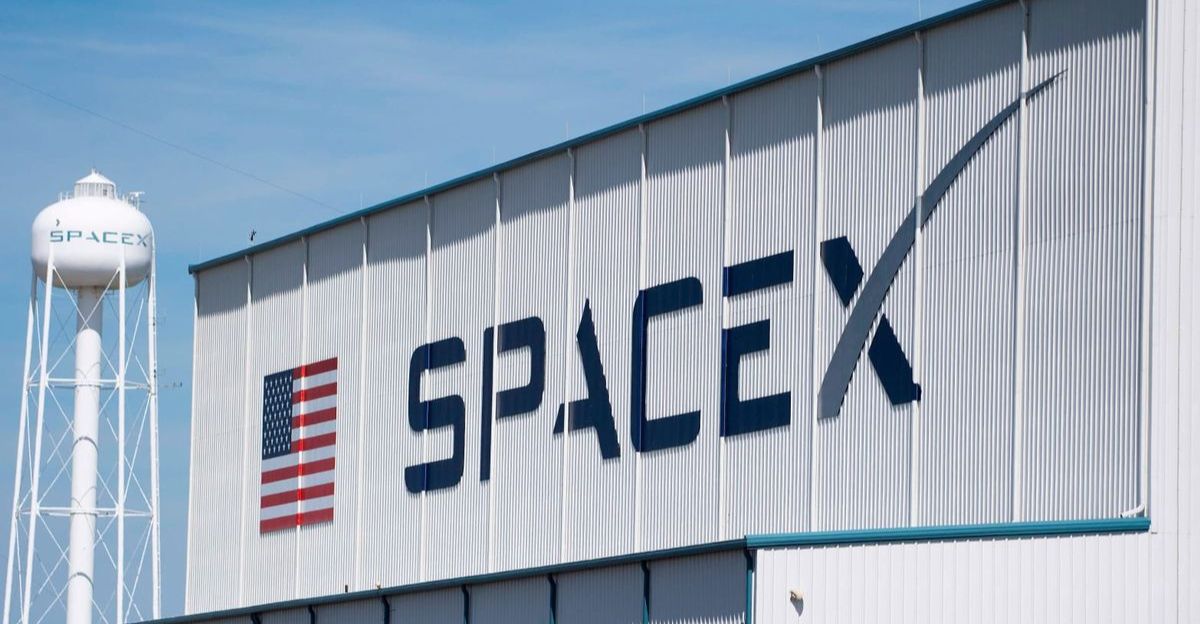
Privatization has turned space into a high-stakes competition. Firms like SpaceX, Blue Origin and Virgin Galactic have each sent dozens of civilians into space—nearly 120 passengers so far.
SpaceX alone employs around 13,000 engineers, technicians and support staff worldwide, reflecting how quickly these startups are growing.
Commercial players have pioneered reusable rockets and space tourism, fueled by massive private investment.
They routinely raise billions to build new rockets, satellites and even plan Mars voyages. As a result, space is now a vibrant commercial frontier – no longer a government silo – driving rapid growth in related industries and careers.
Mounting Pressures
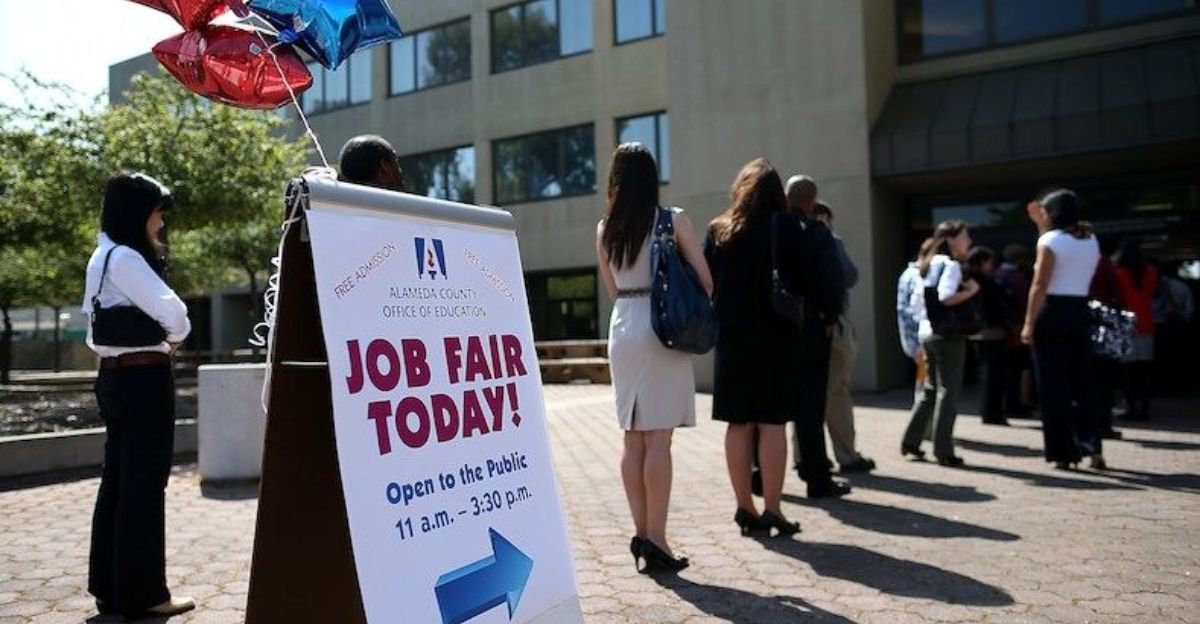
Yet many traditional career paths are under threat. Automation has begun to reach into finance, legal, retail, even newsrooms and design.
Recent college graduates face a surprising jobless rate: about 5.8% in March 2025, roughly equal to that of high-school dropouts.
Tech companies echo this trend: major firms have cut new graduate hiring by over 50% since 2019. In short,
entry-level roles are vanishing in legacy industries, pushing young workers to rethink their plans even as new fields emerge. This stark contrast raises a question: will AI destroy jobs or unlock entirely new ones?
AI as the Launchpad
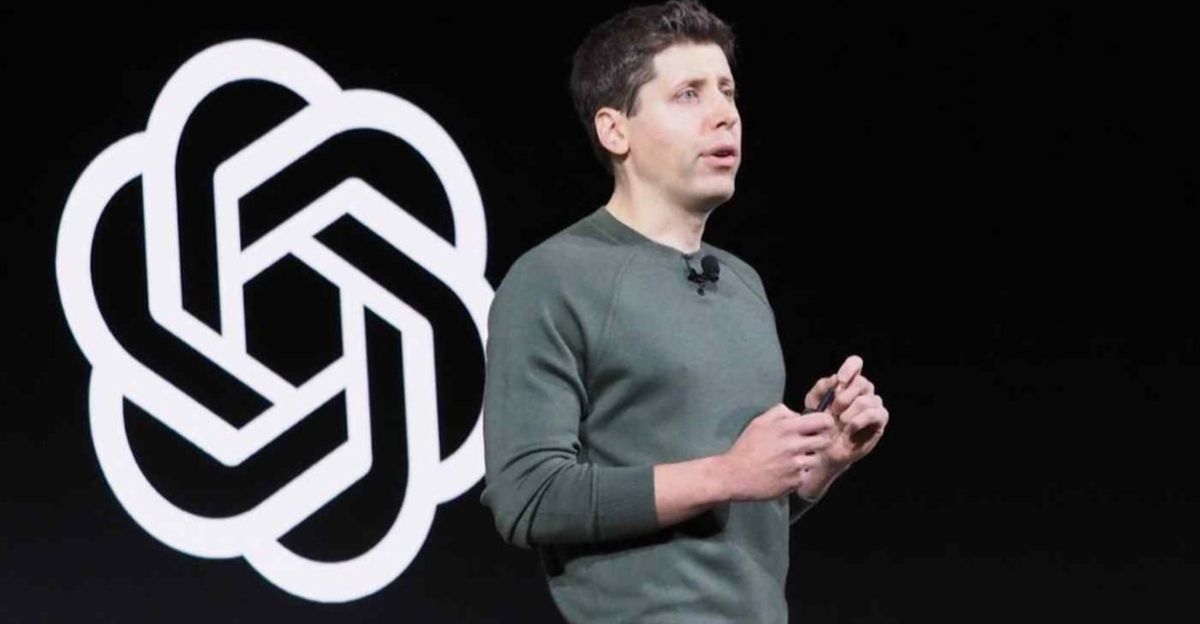
Here’s where it gets interesting: Altman’s vision directly links AI to space careers.
In an August 2025 podcast, he declared that by 2035, a college graduate “could very well be leaving on a mission to explore the solar system on a spaceship” in a “super well-paid, super interesting job”.
He framed AI as the enabler that might finally send our workforce into orbit. Altman even quipped that the 2035 graduates would feel sorry for those stuck doing “really boring old work” today.
It was dramatic, but clear: AI could one day trigger a true space-economy boom.
Regional Impacts
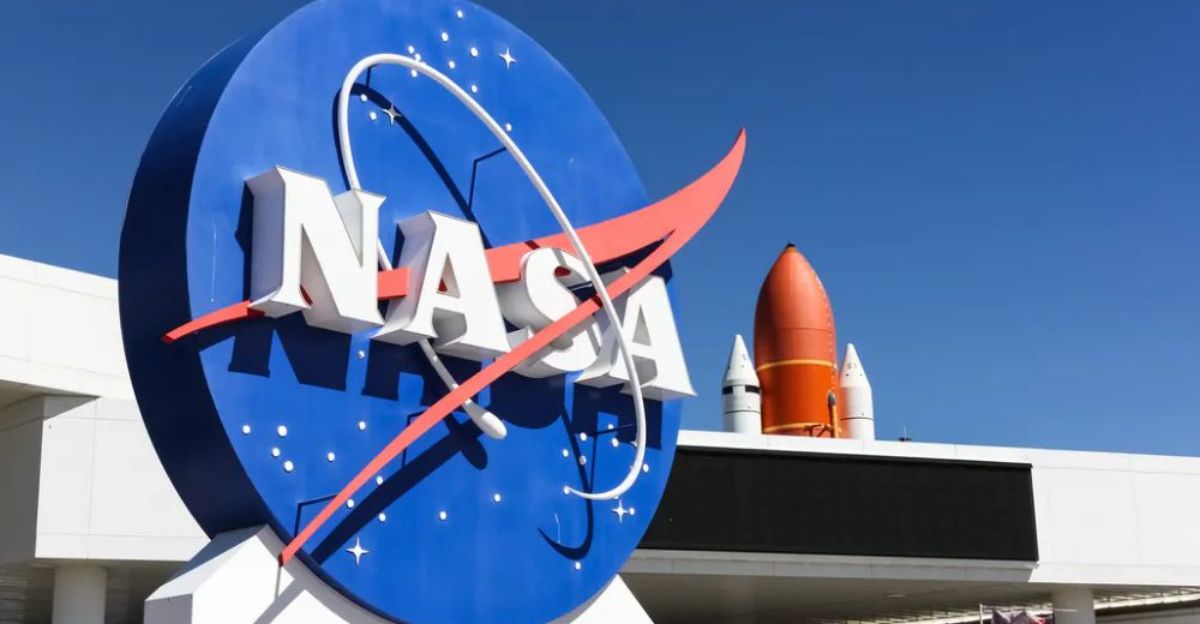
Some signs support Altman’s timeline. NASA’s roadmaps aim for human landings on Mars in the 2030s, with interim steps on the Moon.
For example, the Artemis program now targets its first crewed lunar landing (Artemis 3) by late 2028, after earlier dates slipped.
Future Artemis missions will set up lunar bases and a Gateway outpost to train astronauts for deeper space exploration. All this suggests that, while challenging, planners are seriously working toward timelines on the order of decades.
If high-paying space jobs emerge as Altman predicts, the institutional groundwork is already being laid.
Human Stories
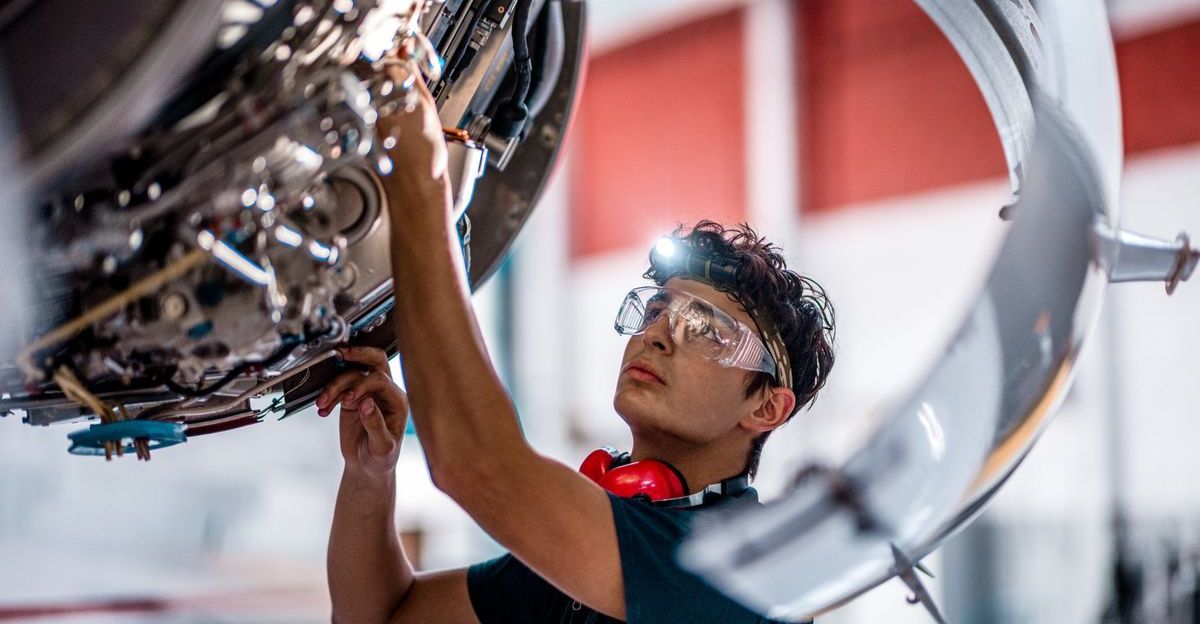
Aerospace engineering is already a rewarding field. The U.S. Bureau of Labor Statistics reports a median pay of about $134,830 for aerospace engineers (May 2024).
Specialists go higher – top aeronautical engineers (e.g. rocket propulsion or avionics experts) often see salaries well above $175,000.
As Lesley Conn of the Space Foundation notes, “the space industry is getting crowded” with talent, and it has become “such an economic elevator in terms of workforce and salary”.
Ambitious professionals already view space companies as a fast track to higher pay and exciting work.
Competitive Landscape
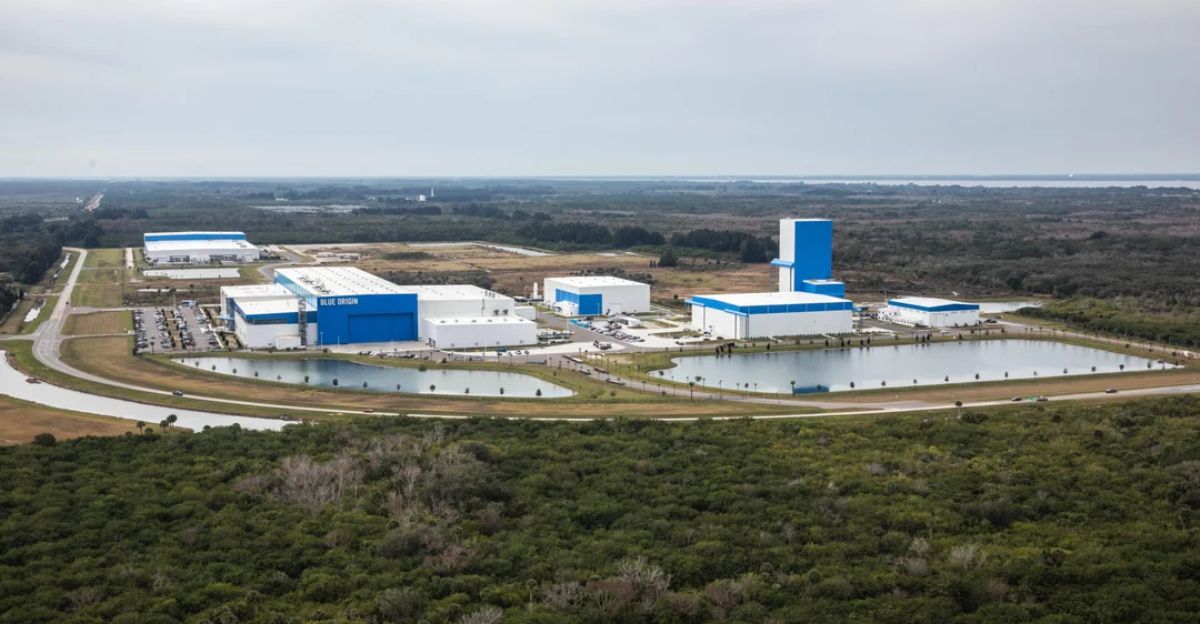
Big space companies are adjusting their operations. In early 2025, Blue Origin announced it would cut about 10% of its workforce (around 1,400 jobs) to trim costs.
Virgin Galactic likewise pushed back its next-generation spaceship (the Delta-class) to launch in fall 2026.
SpaceX continues launching rockets aggressively, while others tighten their budgets. These shifts mean some roles vanish even as new ones emerge.
Analysts say this reflects the classic boom-and-bust cycle of a pioneering industry – a cycle that creates near-term uncertainty but eventually funds next-generation projects.
Macro Trends

AI’s financial momentum is huge. By mid-2025, OpenAI’s valuation surged to around $500 billion, and its revenue had more than doubled in a year, on track to reach nearly $20 billion.
That kind of capital inflow shows investors expect AI to drive massive growth. For perspective, even the internet boom took years to reach this scale.
Altman now has vast funding behind him. With billions in firepower to pursue ambitious projects, his futuristic ideas about AI-enabled space careers have serious backing from investors and stakeholders.
The Luckiest Generation—Or Not?
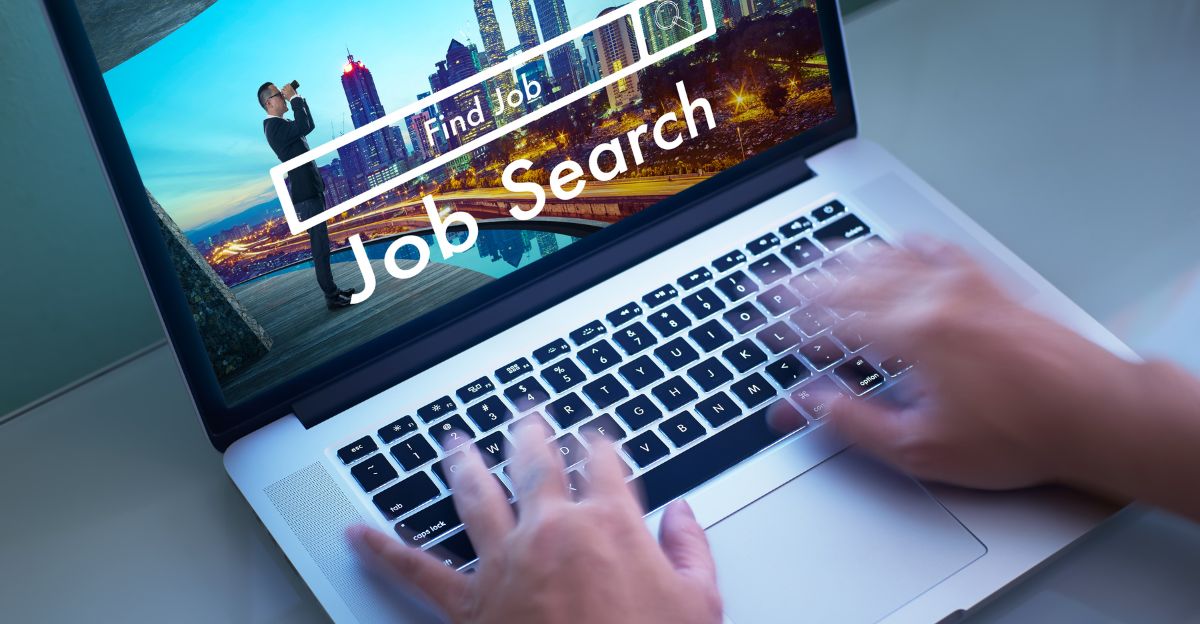
Altman even called today’s 20-somethings “the luckiest kids in all of history”.
But reality is tougher for many. Maggie Chen, a 23-year-old computer science grad, told the Washington Post her job search has been “grueling and impersonal,” leaving her “a bit depressed and demotivated” by repeated rejections.
Another recent graduate quipped, “Everybody tells you to get a degree and you’ll get a job… now a master’s is the new bachelor’s”.
Notably, a Kickresume survey found 58% of fresh grads still hunting for work a year after college. For these students, Altman’s space-career hype feels worlds away.
Internal Tensions

Not everyone shares Altman’s confidence. AI industry leaders warn of big disruptions ahead. Anthropic CEO Dario Amodei cautions that AI “could wipe out as much as half” of all entry-level white-collar jobs in just a few years.
Former Google X exec Mo Gawdat similarly predicts a coming “hell” where “no position is safe,” with major job displacement by 2027.
Their warnings set up a stark contrast: will AI open exciting new frontiers, or simply dismantle traditional career paths? This debate highlights the uncertainty – a divided outlook on how technology will reshape work.
Leadership Shifts

Even hiring trends in tech are shifting. Analysts note the average age of new tech hires has risen about three years since 2021, as companies scale back junior training.
Some executives openly favor AI over human recruits: Salesforce CEO Marc Benioff said the company “does not plan to hire engineers this year” because its AI-driven tools are doing much of the work.
This reflects a broader trend: many firms are relying on automation and experienced staff, rather than on entry-level graduates.
Companies are prioritizing AI solutions and senior experts over bringing in new college graduates.
Recovery Efforts
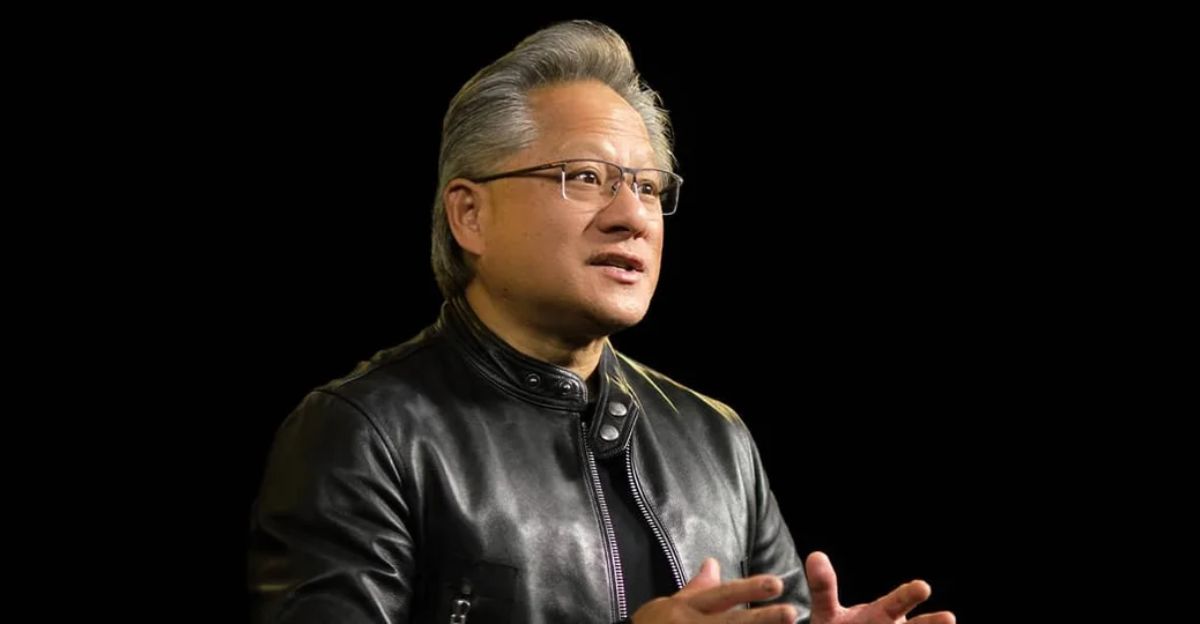
Optimists like Nvidia’s Jensen Huang see opportunity. He calls AI “the greatest technology equalizer of all time,” arguing that new tools “create jobs” by enabling entrepreneurs to build things people want.
He even predicts AI will produce more millionaires in five years than the internet did in twenty.
Huang urges everyone to use AI as a personal tutor to bridge skill gaps, reflecting his mantra of “redefine, don’t replace.” In his view, embracing AI could unlock broad-based innovation like past tech revolutions.
His message is that workers should ride the AI wave, potentially sharing in its wealth-creation.
Expert Skepticism
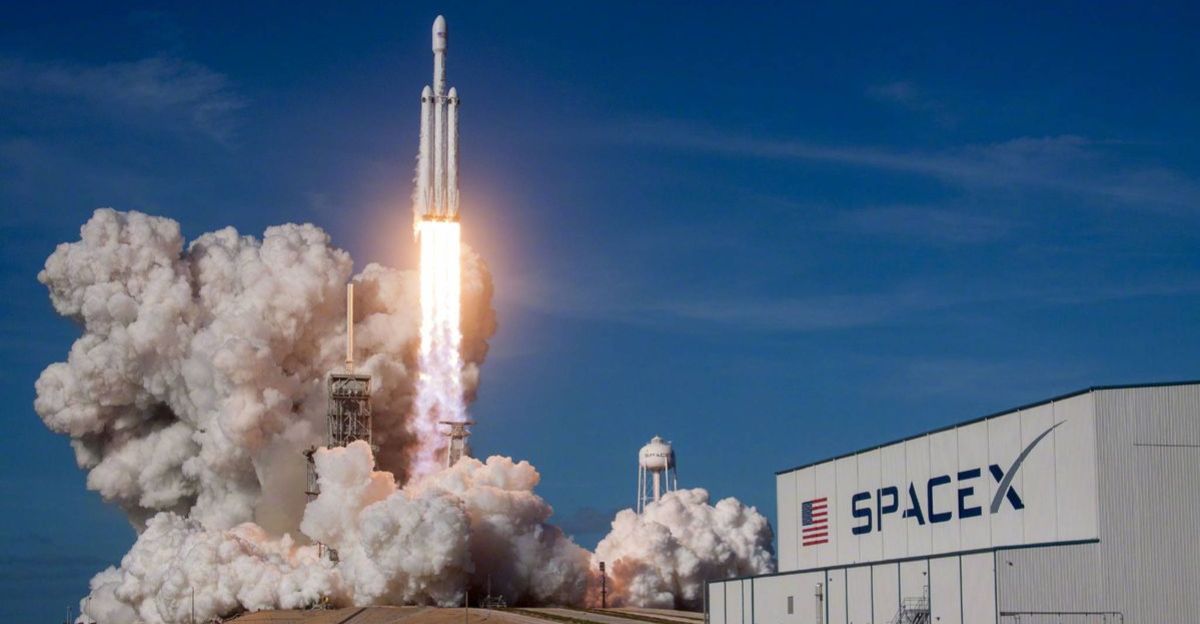
Critics say current tech falls short of such hype. Space analysts note that SpaceX’s Super Heavy rocket now lifts only about 40–50 tons to orbit, far below the 100+ tons once promised.
That shortfall could slow NASA’s plans: one analysis warns it might delay lunar landings by five or more years.
Similarly, today’s AI still struggles with reliability and real-world understanding. Until these technical gaps are closed, many experts caution that Altman’s 2035 vision may be overly optimistic. In practice, they worry his timeline could end up more science fiction than reality.
Forward Outlook

The convergence of AI and space technology could indeed create unprecedented possibilities, but timelines remain uncertain. Both fields face daunting challenges.
We need breakthroughs in heavy-lift rockets, life-support systems, and robust AI autonomy before that future arrives.
Historically, many ambitious space targets have slipped – NASA’s plans for returning to the Moon have already been pushed out several years as new hurdles emerged.
Likewise, today’s AI can err or stall on complex tasks. Whether Altman’s 2035 vision materializes depends on innovations in both domains. For now, the coming decade will test how much of this future is achievable.
Policy Implications

Governments are already taking note. In April 2025, President Trump signed an executive order overhauling workforce programs to support industries like space and AI.
It set a goal of one million new apprenticeships per year and specifically calls for expanding training in emerging fields.
By prioritizing apprenticeships and tech skills, policymakers are acknowledging that workers will need training for aerospace, robotics and AI-related roles.
Such measures could help prepare people for the kinds of jobs Altman envisions, by equipping them with relevant skills even if traditional degrees become less relevant.
International Ripples
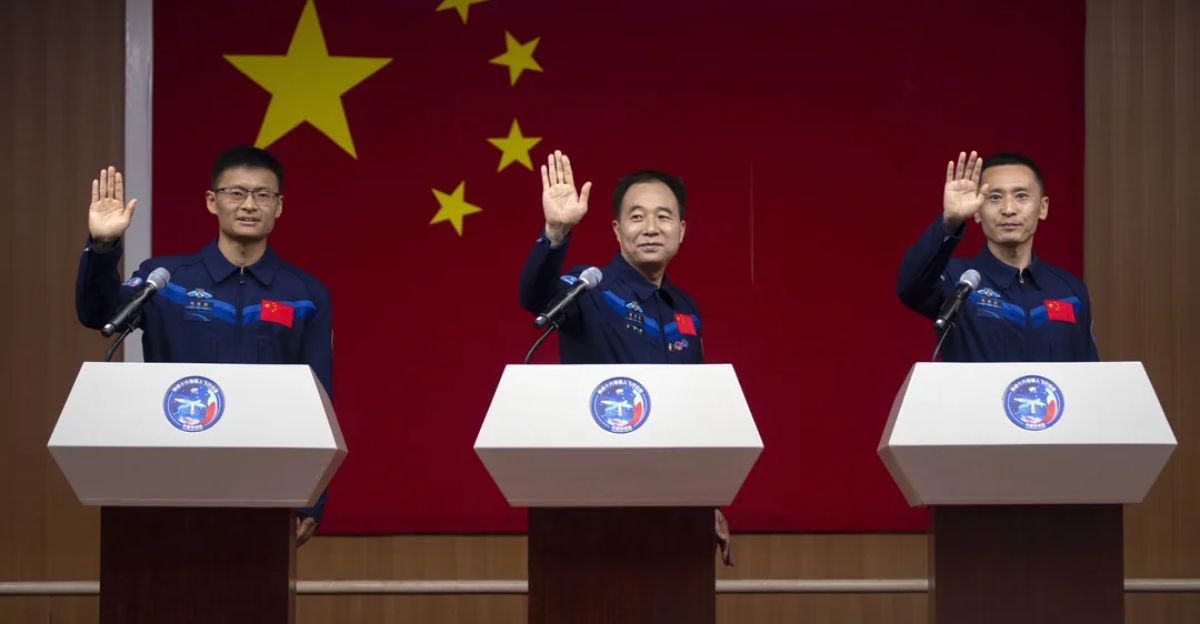
This is a global phenomenon. China now plans to land astronauts on the Moon by 2030 and build a crewed lunar outpost in the 2030s.
Europe is also ramping up: its space-sector workforce grew about 9.1% in one recent year.
Nations are investing heavily in next-generation rockets, satellites and lunar bases. In effect, a new space race is on.
This international push may accelerate civilian space job creation and lend further credence to Altman’s broad vision by creating more demand for skilled workers worldwide.
Educational Evolution

Younger students are pushing for change. A BCG survey of Gen Z found they want AI taught both as a learning tool and as part of the core curriculum to prepare them for AI-driven careers.
Many Gen Zers even doubt whether a traditional degree will pay off without in-demand tech skills. In response, universities are ramping up programs: adding courses in AI, data science and aerospace, and partnering with industry on internships.
Some schools now integrate hands-on labs – robotics clubs, satellite projects and AI workshops – to give students practical experience.
These moves aim to give students the real-world skills needed for the kinds of space-technology careers Altman predicts.
Generational Divide

Altman himself acknowledges a generational gap. He recently said he’s “more worried about … the 62-year-old that doesn’t want to go retrain” than about current graduates.
In his view, younger workers should adapt faster to AI changes. This implies that high-paying tech and space roles may largely go to the tech-savvy young.
If so, older workers risk being left behind unless they retrain. Labor experts warn this could create an ‘age divide’ where opportunity depends on age – a split in who benefits from the upcoming AI-space economy.
Final Reflection
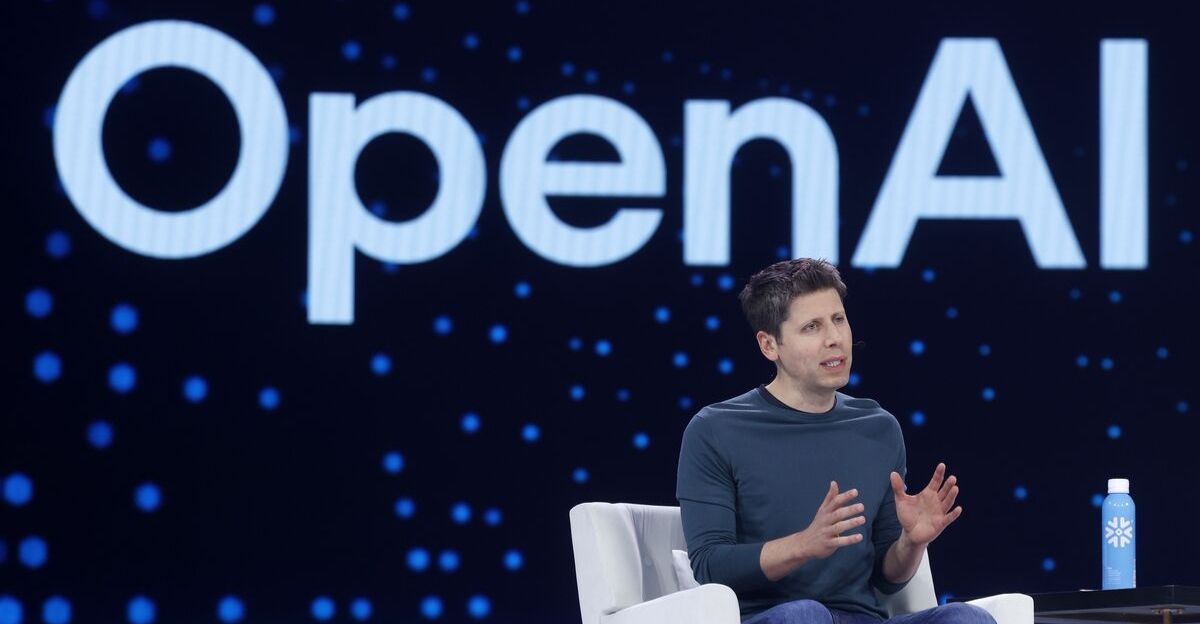
Altman’s bold prediction represents more than career forecasting – it taps into humanity’s age-old drive to push beyond known boundaries.
Whether or not his 2035 timeline proves accurate, AI and space tech are clearly intersecting in powerful ways.
He mused that a day may come when our grandchildren feel “so bad for you and I” that we had to do “really boring old work”, implying a future where work is transformed.
Even if dates shift, this vision invites us to imagine possibilities that transcend Earth itself, encouraging us to dream of careers that redefine human potential.